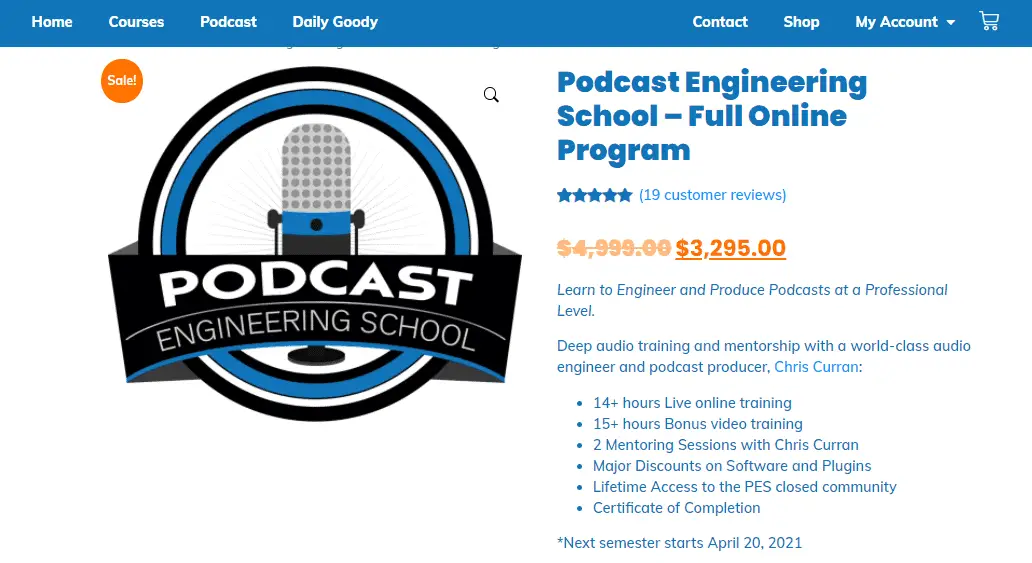In an era increasingly dominated by digital content and instantaneous news cycles, the printed magazine may seem like an artifact of the past. However, magazines—both niche and mass-market—continue to hold significant value for consumers and advertisers alike. While print circulation may be declining, many titles are experiencing a renaissance through smart scaling strategies led by marketing and media agencies. These agencies offer bespoke solutions that help publications expand their reach, diversify revenue, and stay relevant in a competitive landscape.
The Unique Challenges of Scaling Magazines
Scaling any publication is a multifaceted challenge. But for magazines, several unique obstacles stand in the way of growth:
- Changing reader habits: With so much content available online for free, getting people to commit to a subscription is increasingly difficult.
- Advertising shifts: Traditional ad revenues are drying up, requiring new monetization streams.
- Print and distribution costs: These remain high, particularly for niche magazines with small audiences.
Despite these hurdles, agencies that specialize in publishing have developed innovative approaches to help both niche and mainstream magazines navigate this evolving landscape. Let’s explore how a few case studies illustrate successful strategies in action.
Case Study #1: The Revival of a Niche Craft Magazine
A small, independent craft magazine based in the Pacific Northwest had built a loyal but stagnant subscriber base. By 2018, flat subscriber growth and rising production costs threatened its sustainability. An agency partnered with the publication and employed several key strategies to reverse this trend:
- Audience profiling and segmentation: Using analytics, the agency identified the most engaged demographic segments, including urban millennials and suburban homemakers interested in DIY culture.
- Digital transformation: A sleek new online portal offered digital issues, video tutorials, and an e-commerce store featuring curated craft kits.
- Community building: The agency launched monthly virtual workshops and exclusive Q&A sessions with contributors to foster community and boost subscriber engagement.
Within 18 months, the magazine’s digital subscriber base increased by 45%, and merchandise sales provided a new revenue stream that accounted for nearly 30% of overall income.

Case Study #2: Scaling a Culinary Mass-Market Publication
In contrast to niche publications, mass-market magazines face the challenge of appealing to a broad yet fragmented audience. A culinary magazine with a circulation of over 500,000 had plateaued in growth by 2020. With a highly competitive landscape in food media, the agency had to think big to reignite expansion:
- Data-driven content strategy: Using both subscription data and social media analytics, the agency identified under-tapped content themes such as plant-based cooking and zero-waste cuisine, which resonated especially well with younger readers.
- Cross-platform amplification: They leveraged YouTube, Instagram, and TikTok to extend the reach of magazine content. Short-form videos and behind-the-scenes content brought the brand to younger platforms.
- Partnerships and sponsorships: Collaborations with kitchen appliance brands and supermarkets helped monetize the content in new ways while offering value-added promotions to readers.
This multi-channel approach led to a 25% increase in subscription renewals and a 12% uptick in ad revenues within a year. Additionally, the magazine’s website reached an all-time high in unique visitors, highlighting the synergy between print and online media when done right.

Case Study #3: Global Expansion of a Tech Niche Publication
A technology magazine known for in-depth reviews and long-form features had built a reputation among tech enthusiasts in North America. However, they had minimal reach overseas despite the global relevance of their content. Partnering with an international media agency, they pursued the following scaling strategy:
- Localization: The agency developed region-specific digital editions in languages such as German and Japanese, which featured selected content matched with localized editorial and advertising.
- SEO and online discoverability: Optimizing both legacy and new content across international search engines helped them attract more organic global traffic.
- Strategic licensing: Overseas publishers were licensed to translate and distribute the content, reducing risk while increasing brand visibility and revenue.
In just two years, international traffic rose by nearly 60%, and subscription sales from outside North America accounted for 25% of total revenues—a remarkable turnaround for a previously domestic-focused title.
The Role of Technology in Scaling
Modern technology platforms are central to scaling success stories. Agencies frequently employ advanced tools to support the publications they work with:
- Customer Relationship Management (CRM) systems to better understand subscriber behavior and preferences.
- Content Management Systems (CMS) that allow magazine teams to repurpose and syndicate content effortlessly.
- Analytics dashboards offering real-time insights into what’s working—both in print and online.
These technologies not only improve operational efficiency but also open new doors for monetization and audience engagement.
Print-Plus: Moving Beyond the Printed Page
One trend that continues to show momentum is the “Print-Plus” model. This approach sees magazines repackaging their print content into different formats to reach broader audiences and build stronger brand loyalty:
- Podcasts expand on feature articles and bring in audiences who may not be magazine readers.
- Newsletters provide a direct line of communication with readers, offering curated content and exclusive offers.
- Courses and premium content transform editorial expertise into educational experiences users will pay for.
Agencies are instrumental in guiding this content diversification, ensuring that it aligns with both editorial mission and revenue goals.

Lessons Learned: Best Practices for Scaling
While each magazine and market segment has unique needs, several best practices consistently stand out across successful case studies:
- Know your core audience—but be ready to evolve. Staying true to the magazine’s voice is key, but it’s equally important to adapt to new content preferences and platforms.
- Diversify revenue streams. Relying solely on print subscriptions and ad revenues is risky. Merchandise, digital content, and memberships can add significant value.
- Leverage partnerships. Collaborations can amplify content reach, enhance your brand, and provide new ways to monetize.
- Invest in analytics. Use data to guide editorial choices, optimize marketing efforts, and measure ROI across channels.
The Future Outlook
Agencies will continue to be pivotal partners in helping magazines thrive—whether in niche markets or the mass media arena. The balance between creativity, data science, and strategic foresight is what drives modern publishing success.
Ultimately, whether a crafter in Oregon or a teenager in Seoul, readers are still hungry for great stories and expert content. It’s up to agencies and publishers working together to meet them wherever they are—on the page, on a screen, or in an entirely new format.

